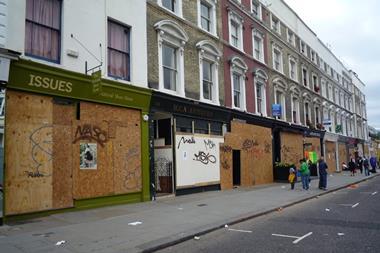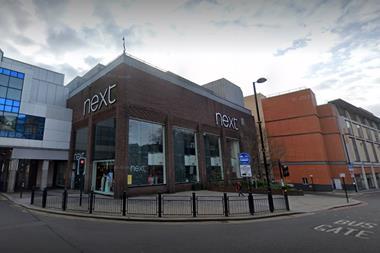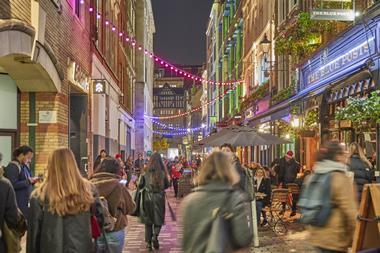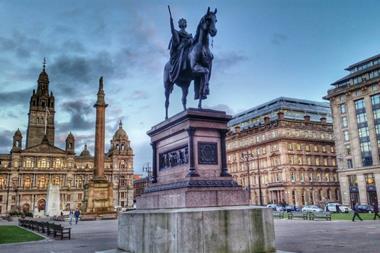High streets in the Midlands and Scotland have been most affected by the economic downturn with 15% of shops vacant, according to the new Available Shops report from Cushman & Wakefield.
According to Cushman’s report the current national average stands at 11%. Cushman’s surveys 35 towns for the report. It will now undertake a quarterly survey to assess on a regular basis which high streets are being hit.
Cushman’s has also looked at the rate of shop units that have been left empty due to administrations only. It found only 0.6% of units on Central London’s prime retail streets, for example, are available because of retailers in administration.
This contrasts with outer London which has one of the highest percentage of available units due to retailer administration at 4.9%. The national average for shops available as a result of retailer administration is 3.3% with East England joining Central London below this average.
John Strachan, head of retail services at Cushman & Wakefield, said: ‘At 11%, the average availability across the country has risen by around 4% compared with more stable markets historically. Most of that increase appears to be the result of retailer administrations.’
Some towns and cities have proven to be resilient to the economic downturn. Of all the prime retail streets analysed, Sloane Street and New Bond Street in Central London have less than 1% of their units available. Outside London, Cardiff, Chelmsford and Guildford have the lowest percentages of available shops at 2.1, 2.9 and 3.4% respectively.
In the Midlands, Nottingham has the highest percentage of vacant units at 18.5%.





























